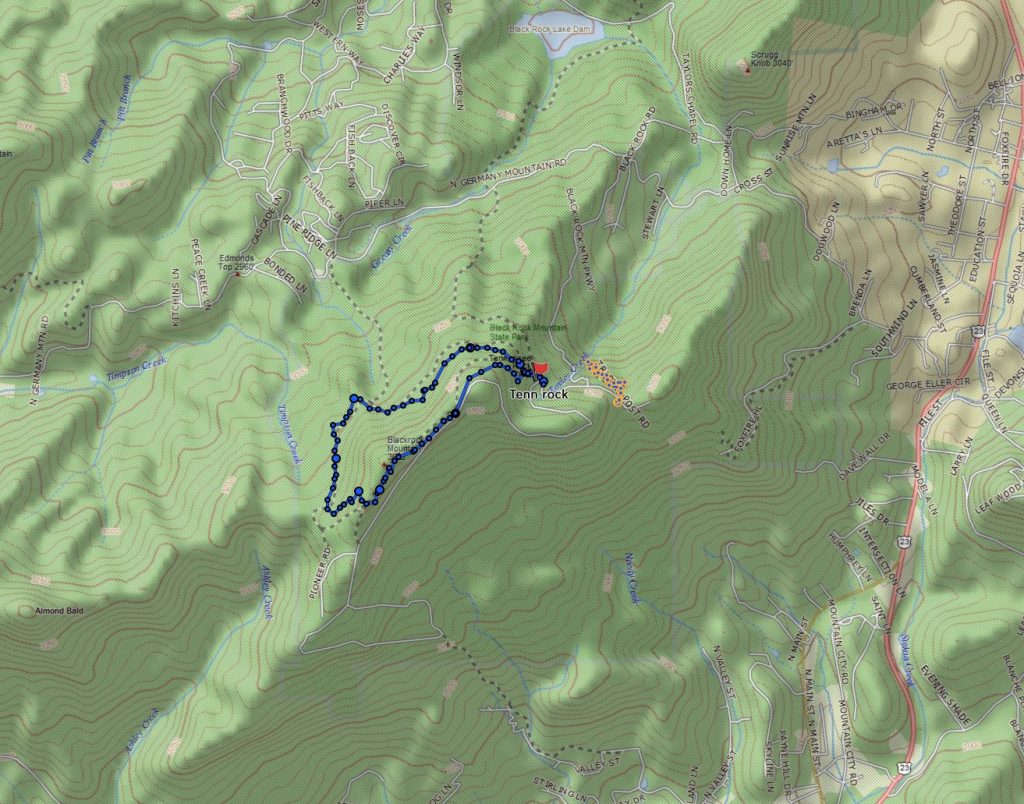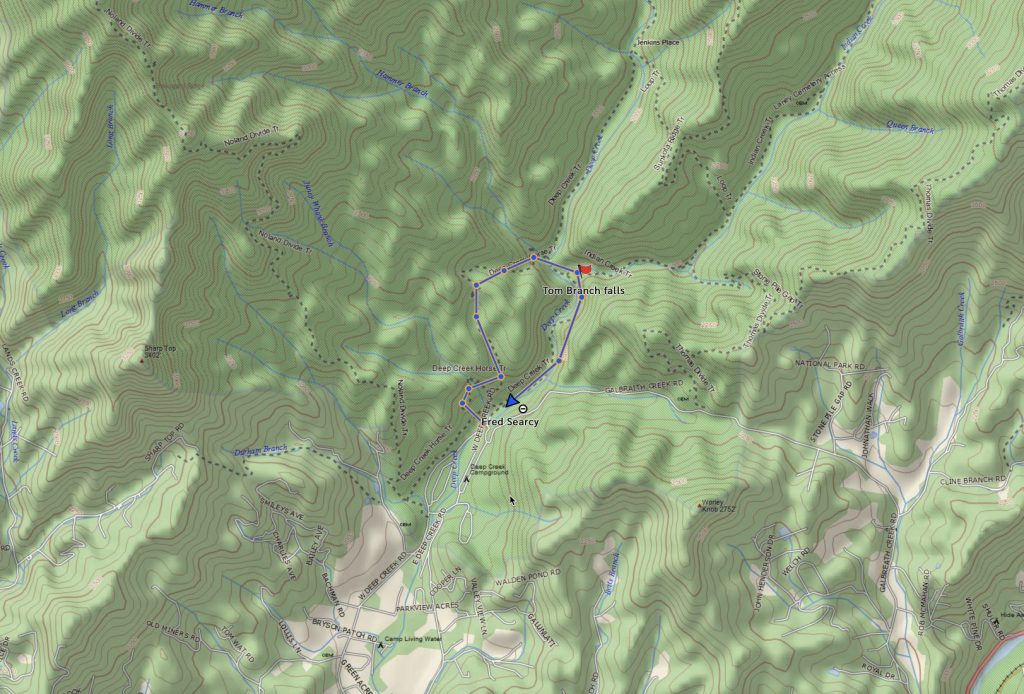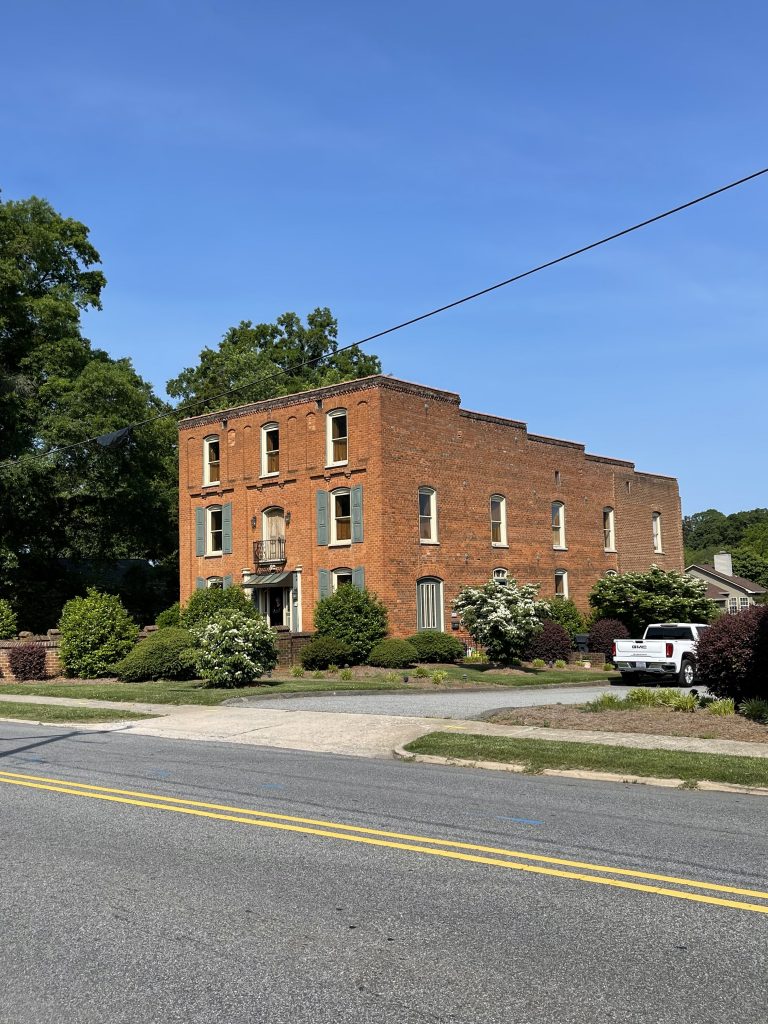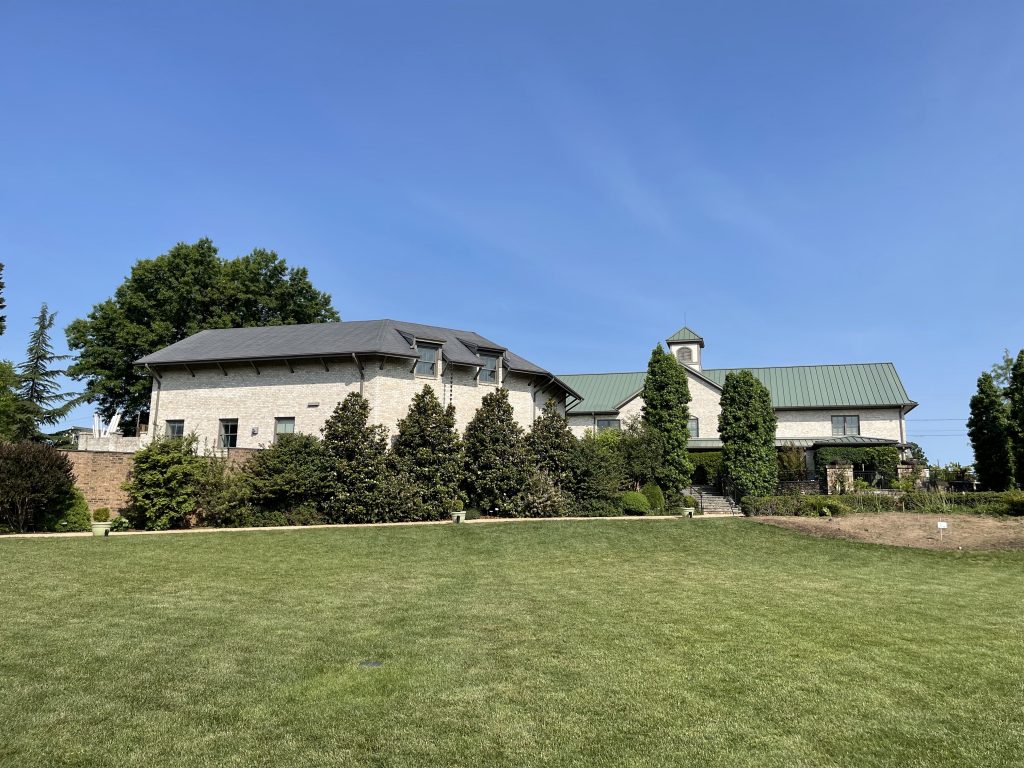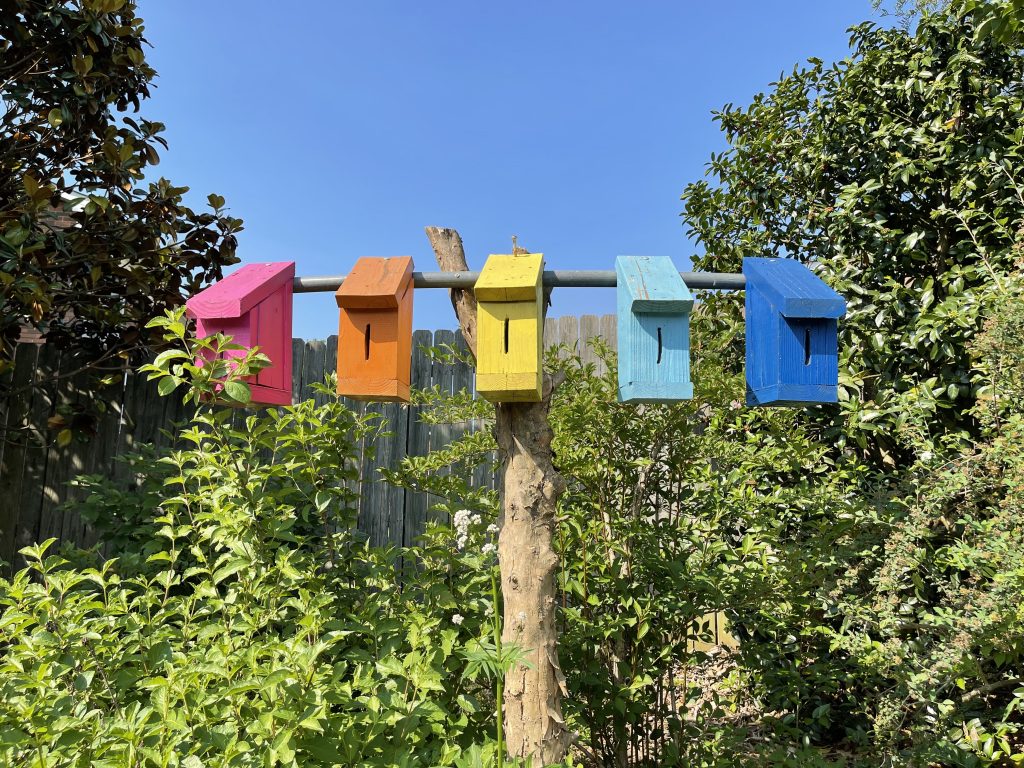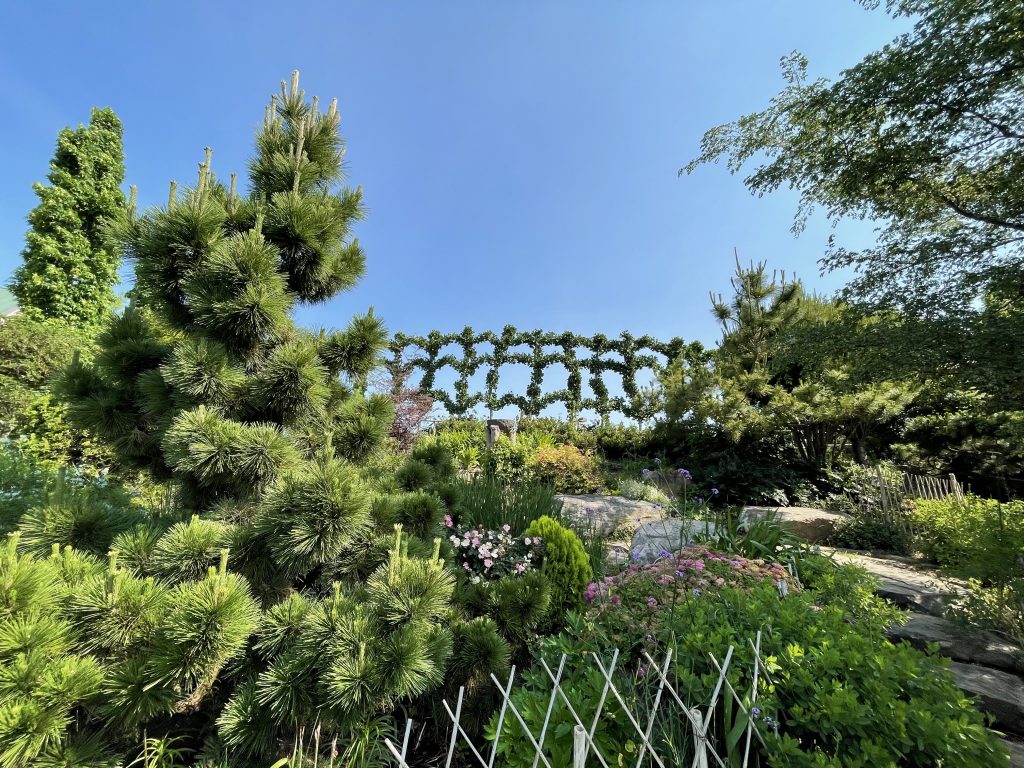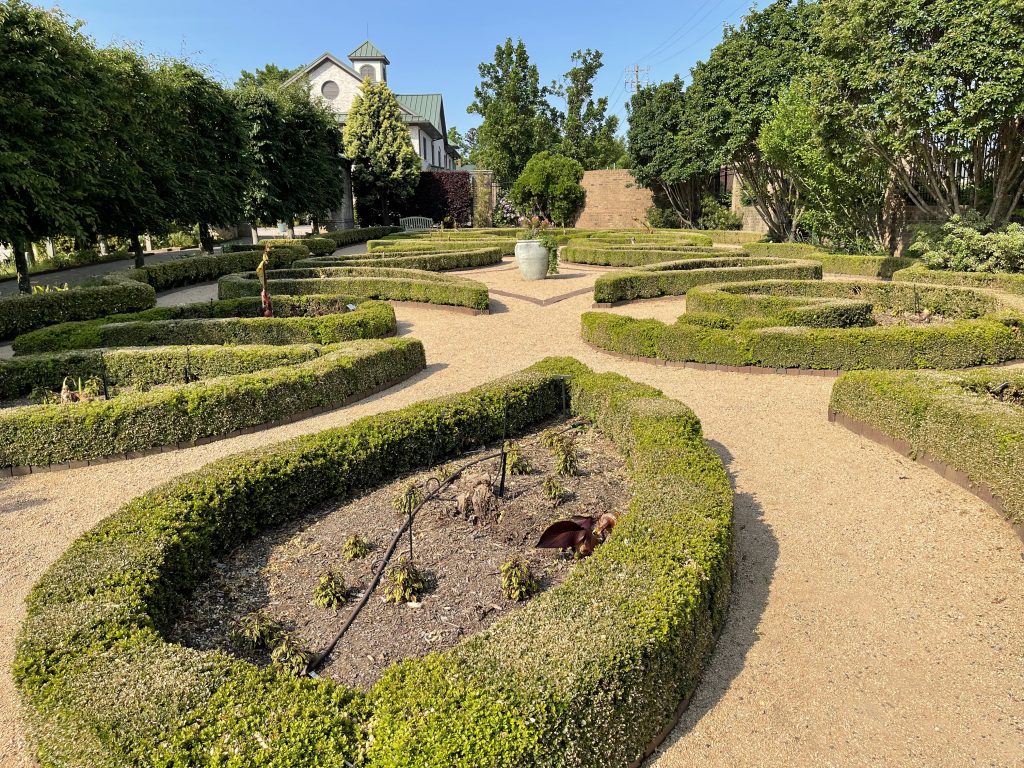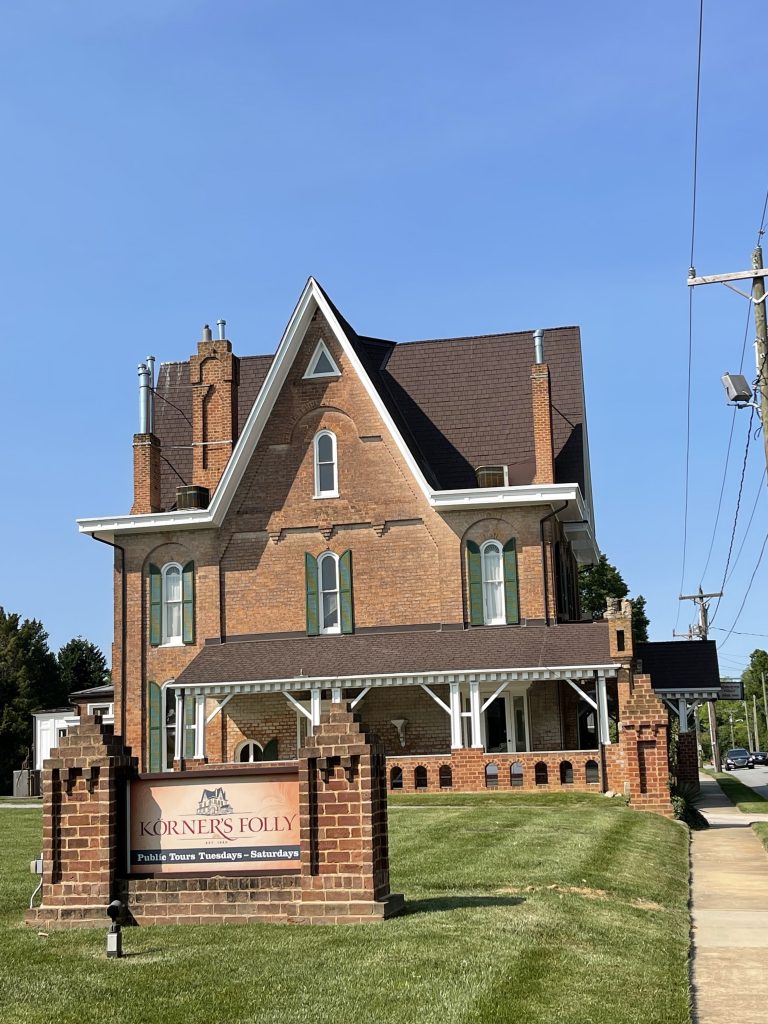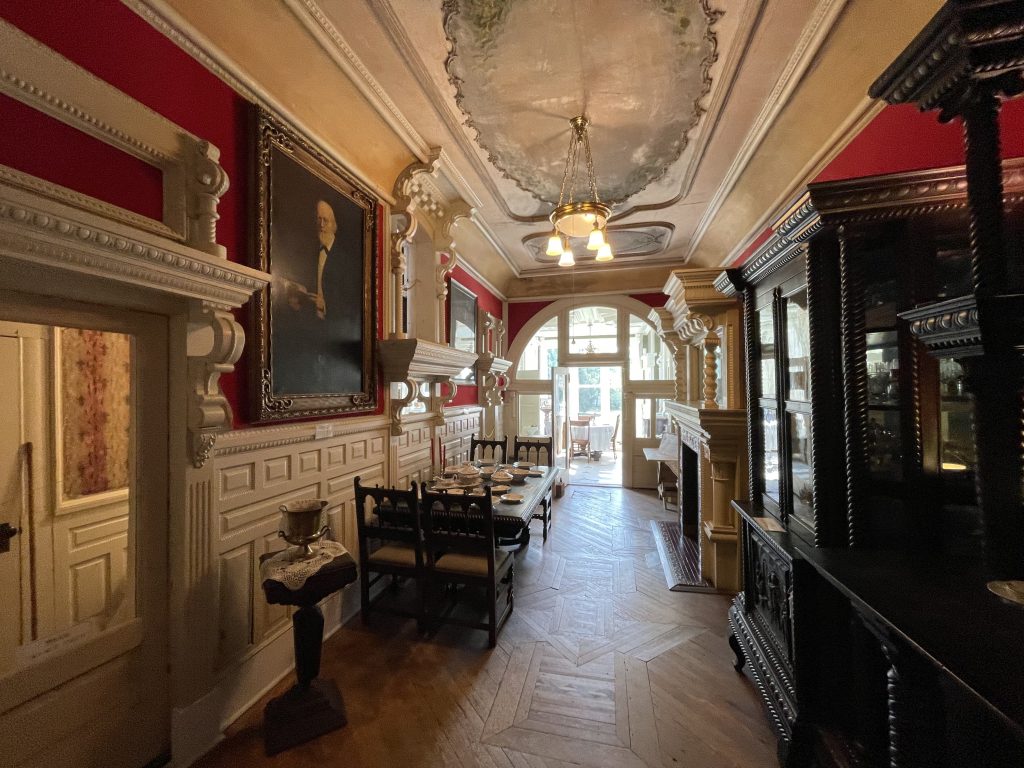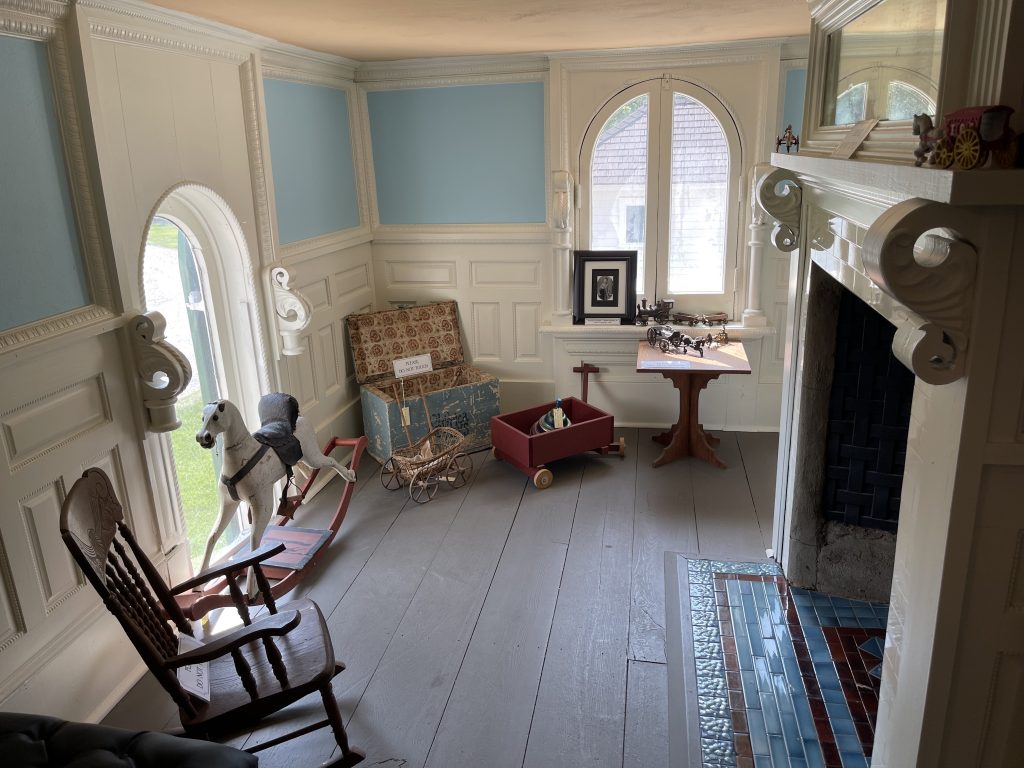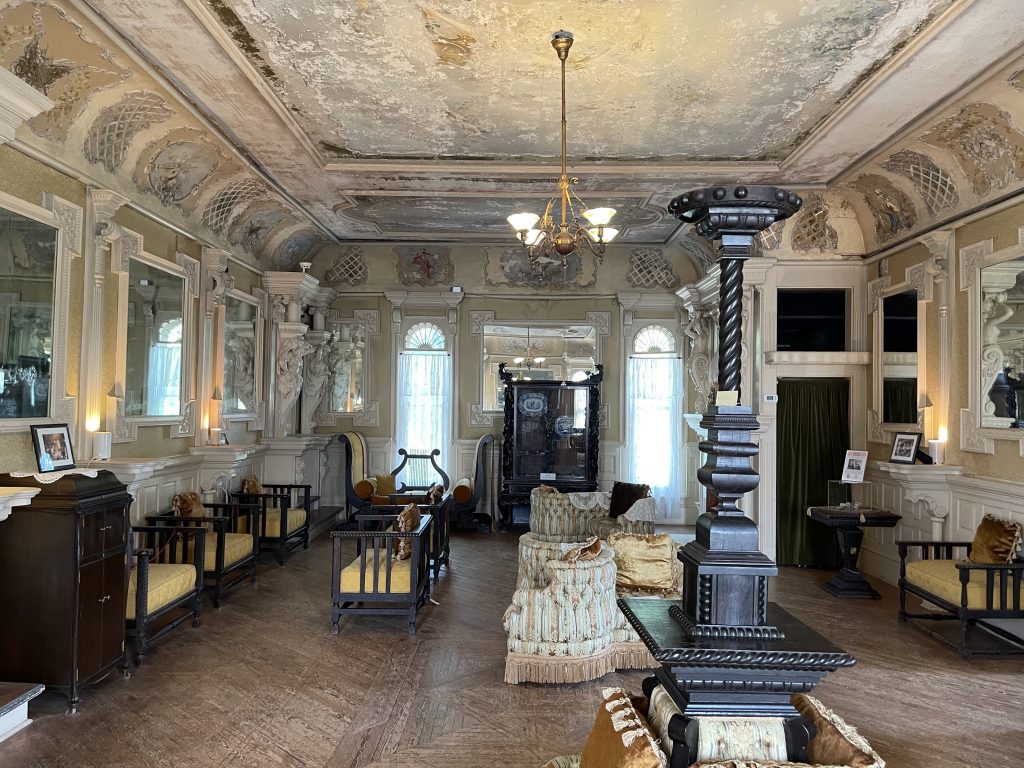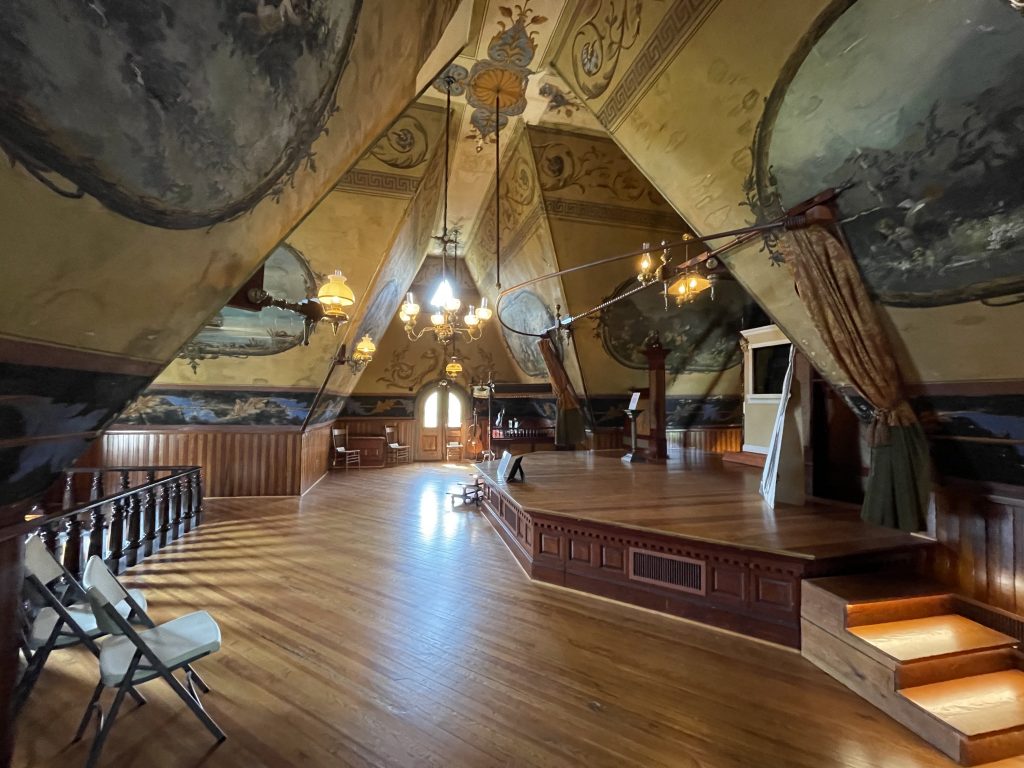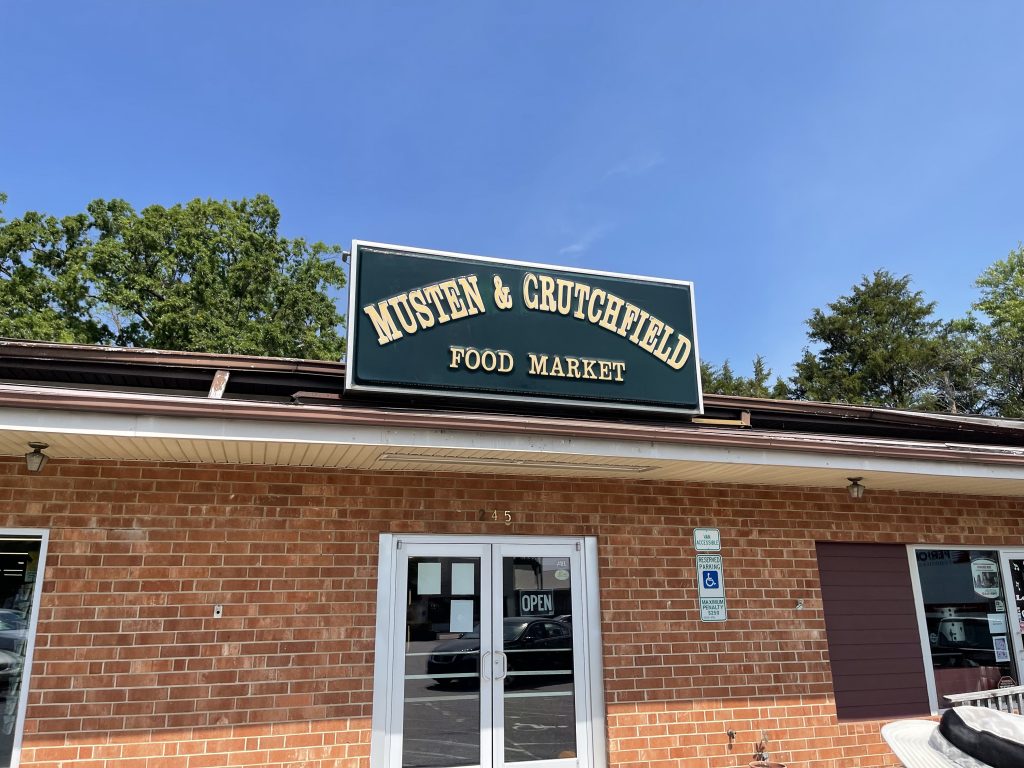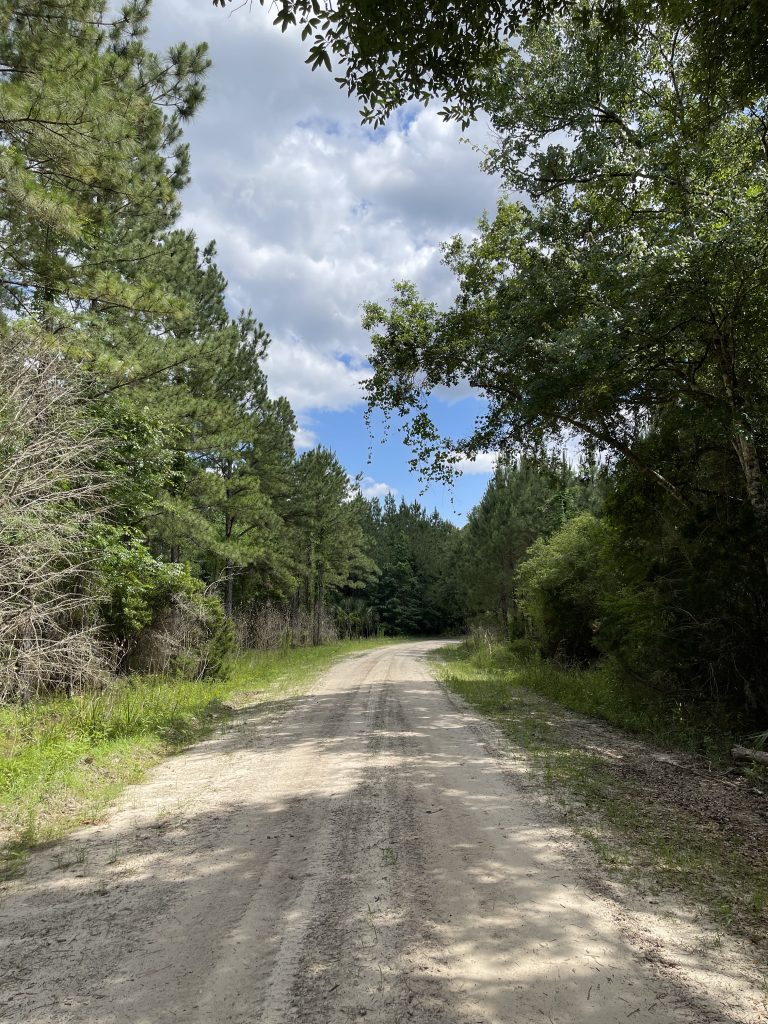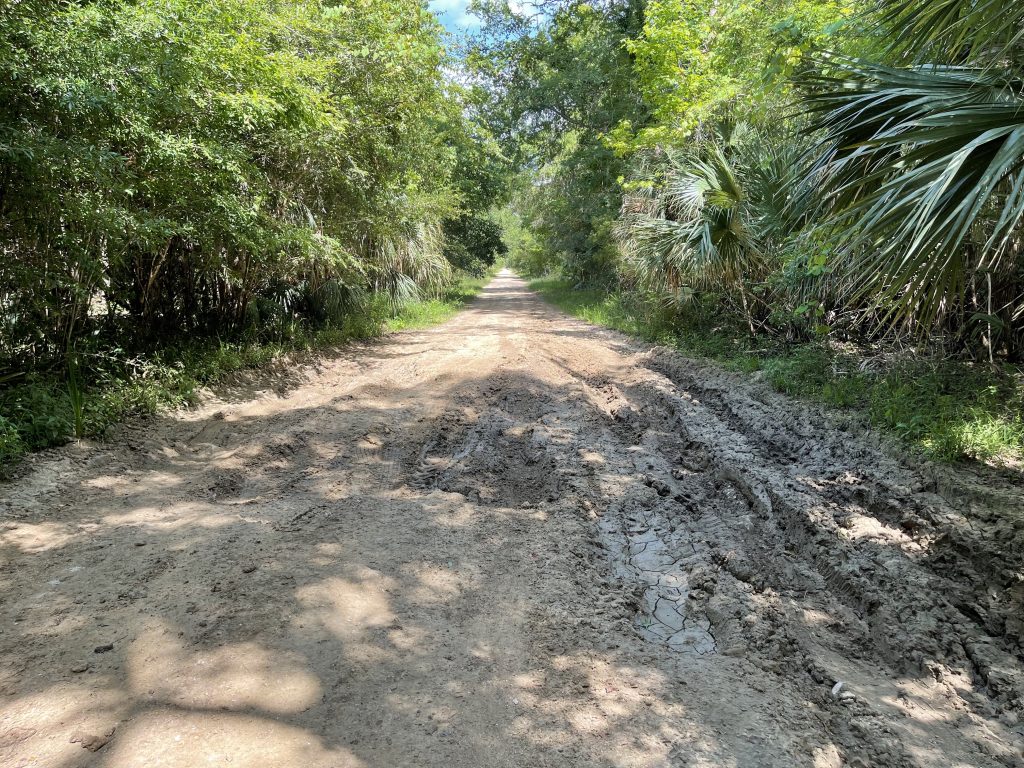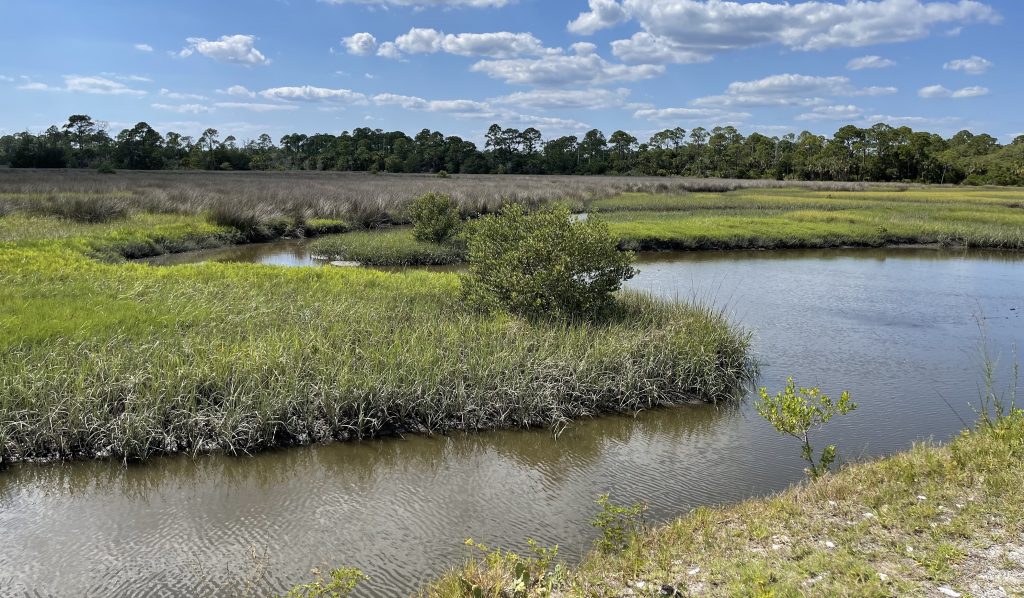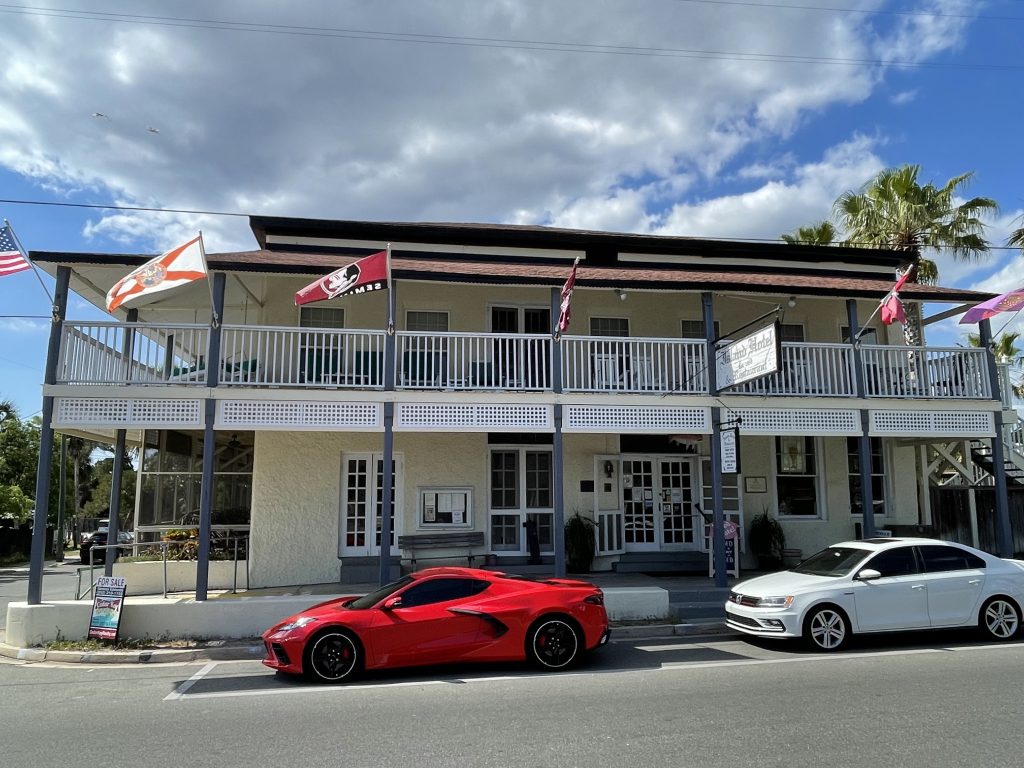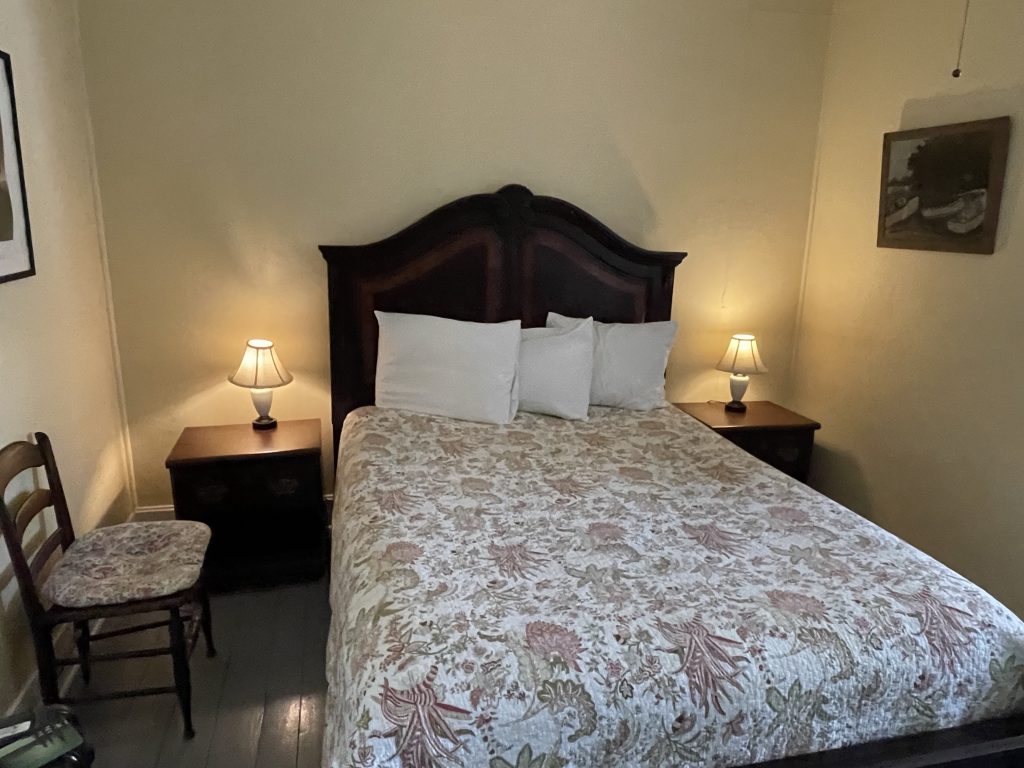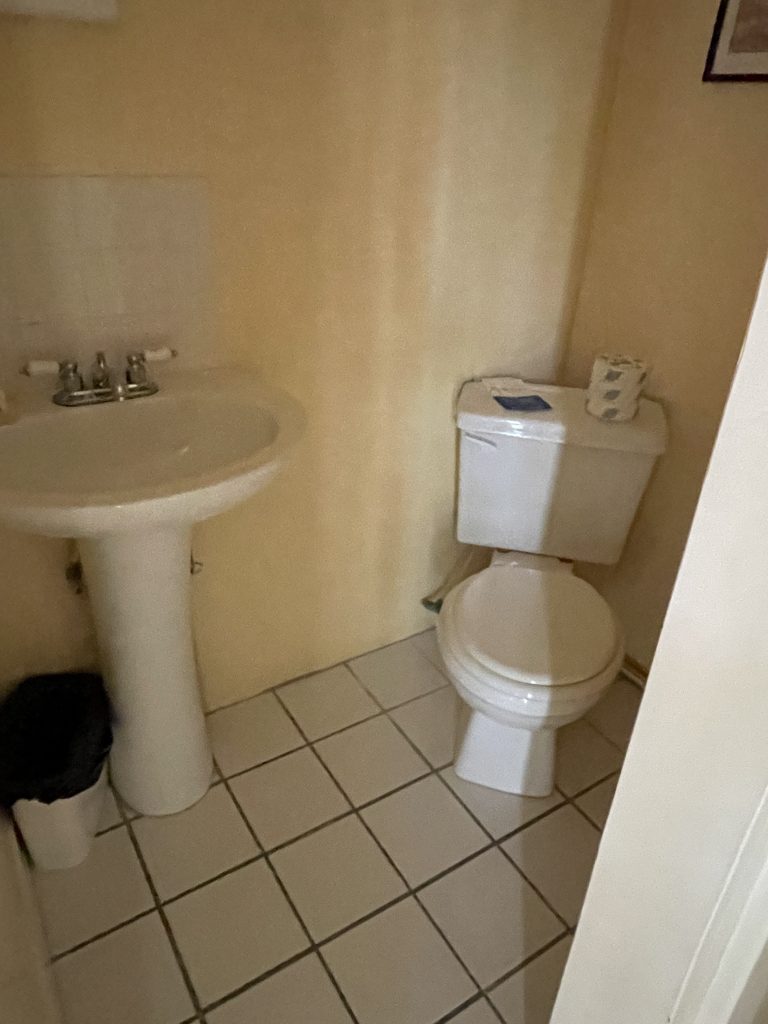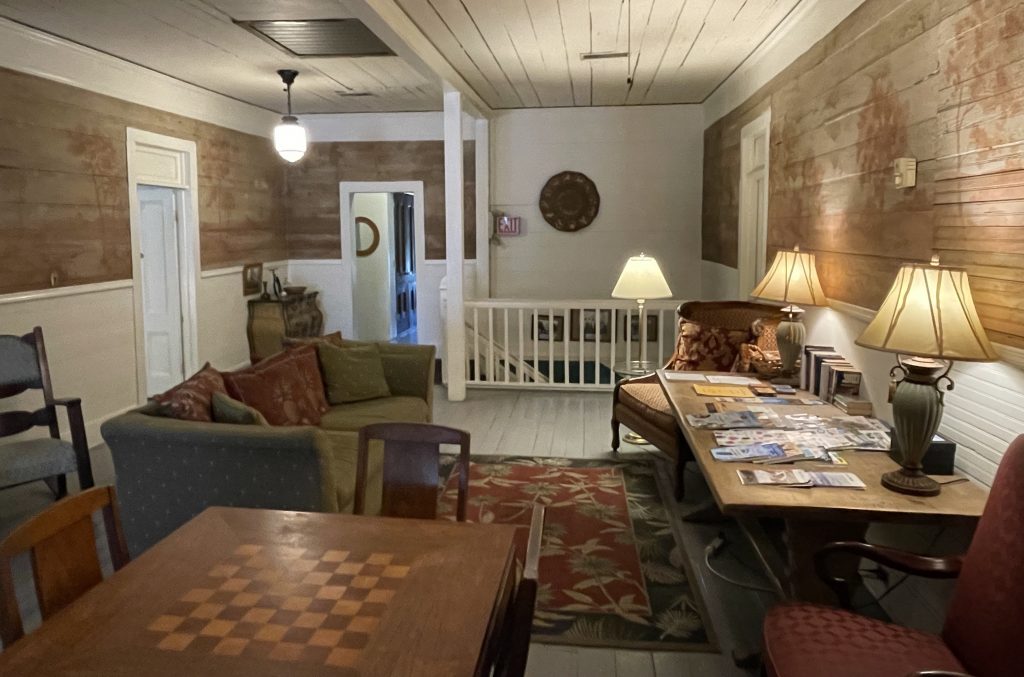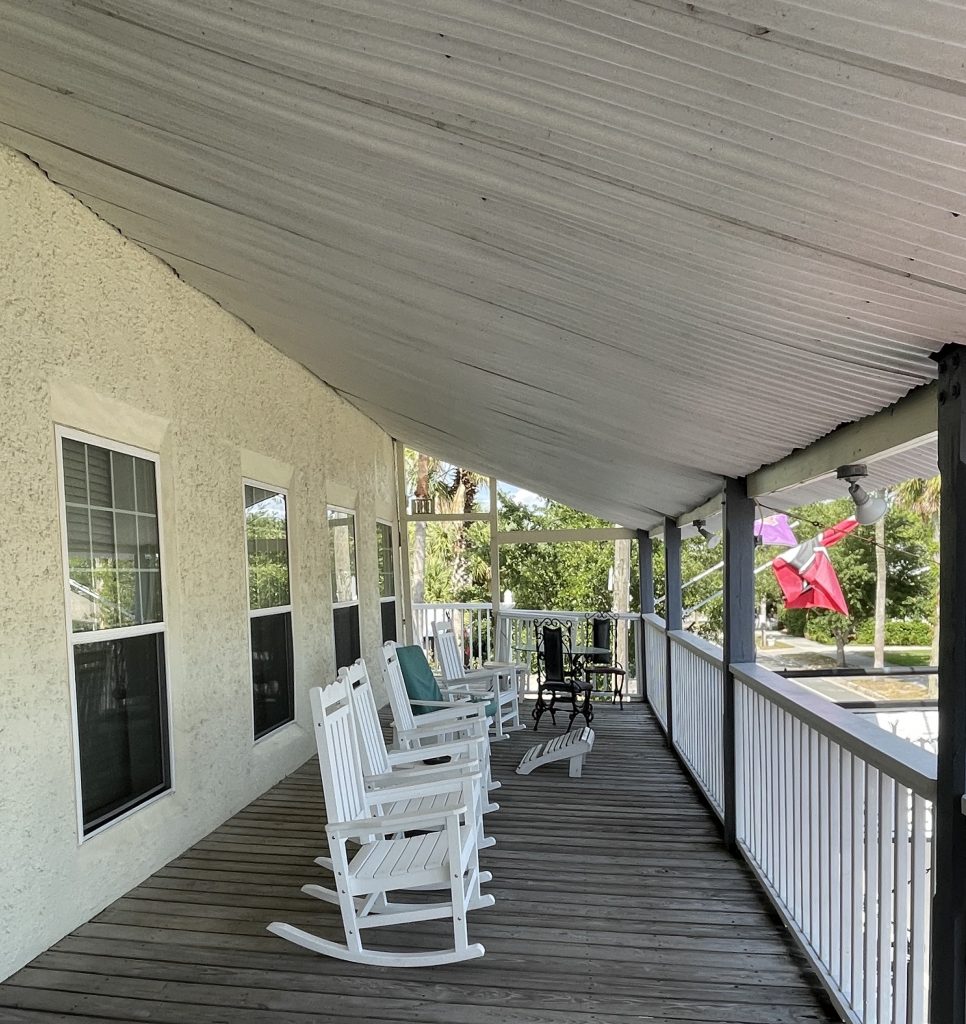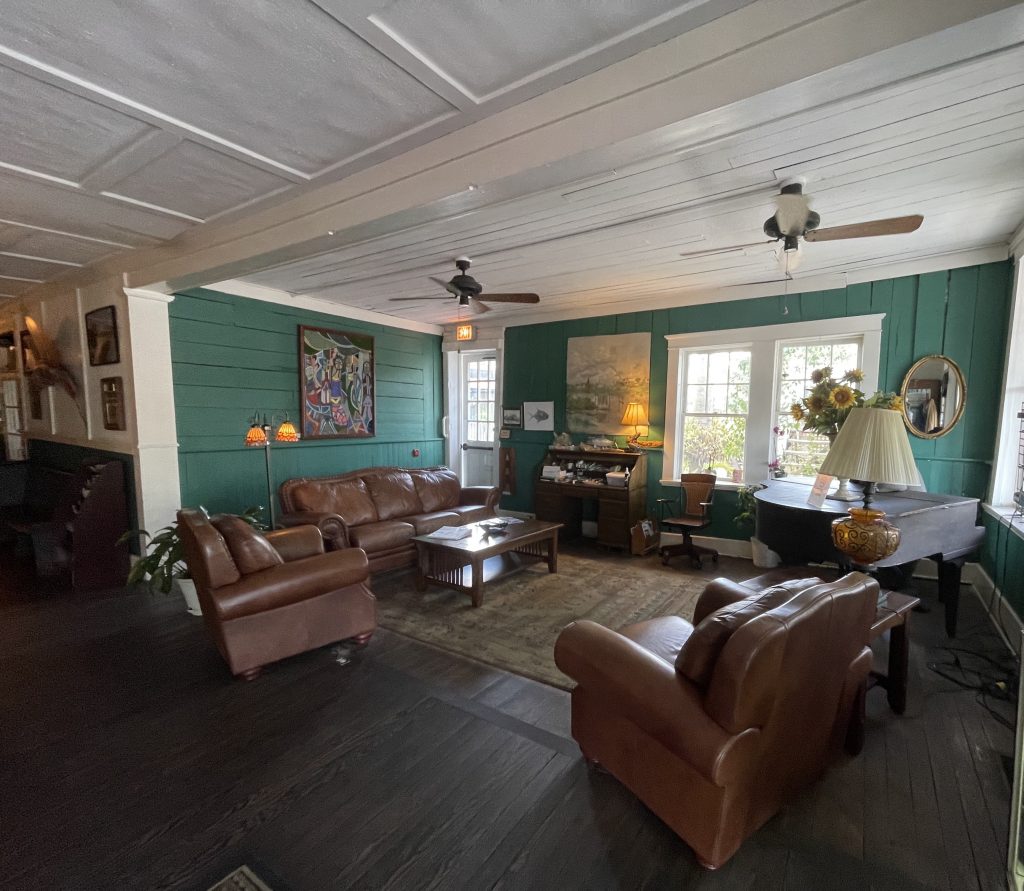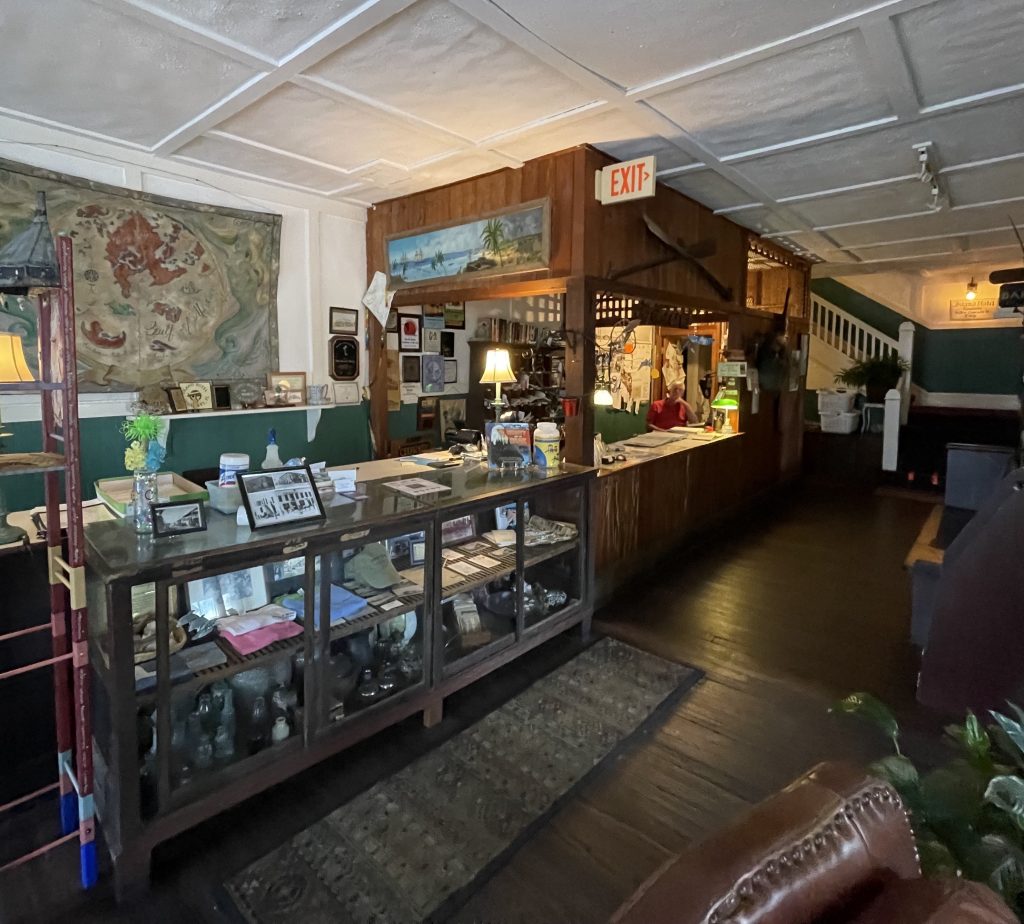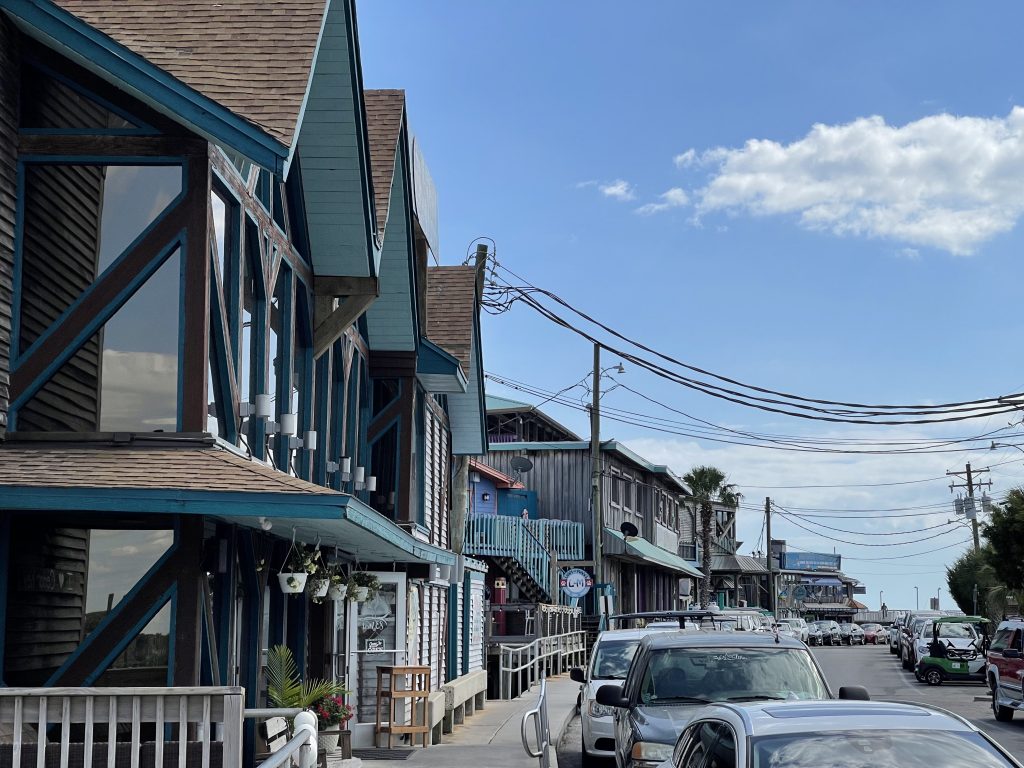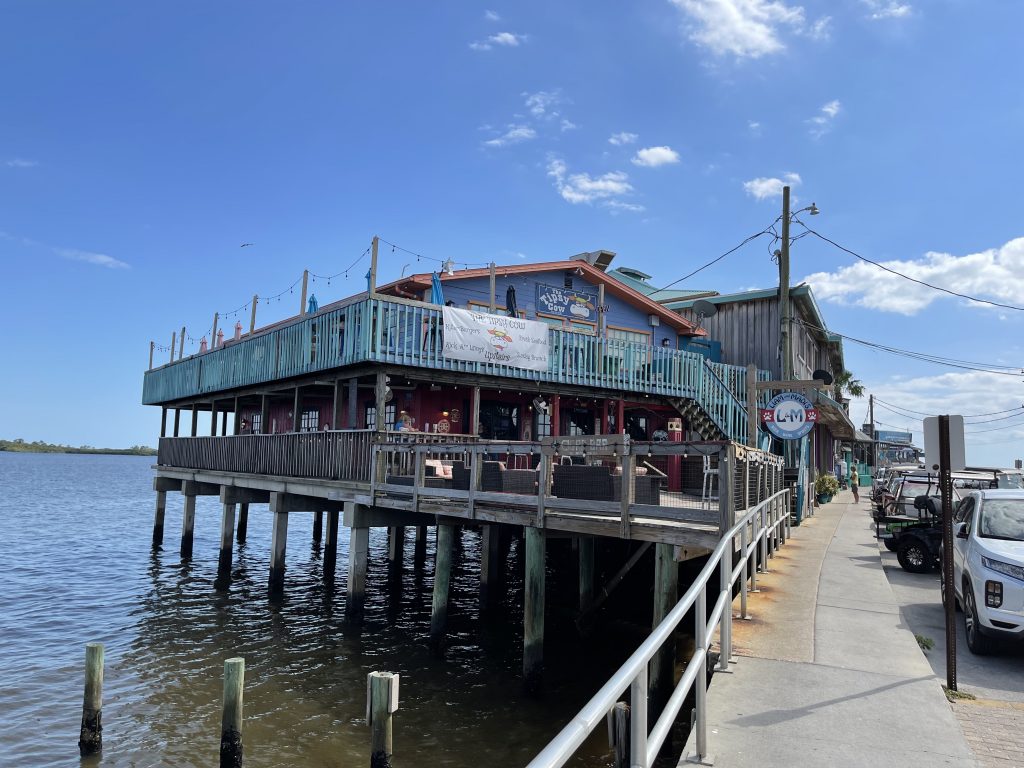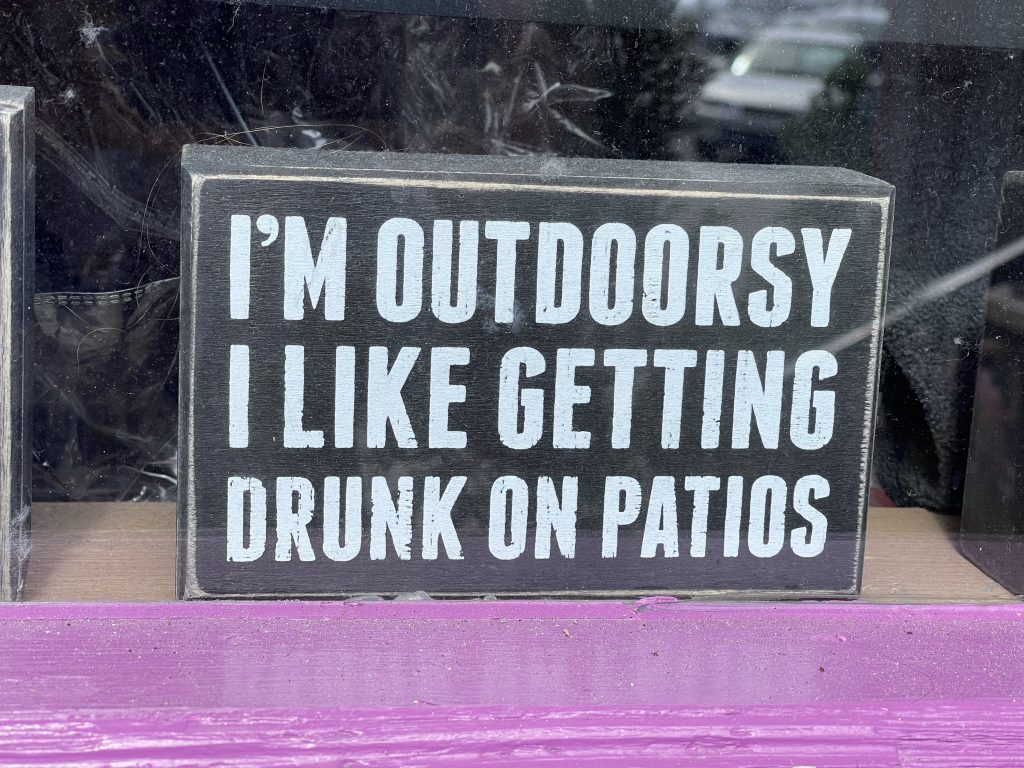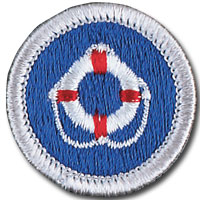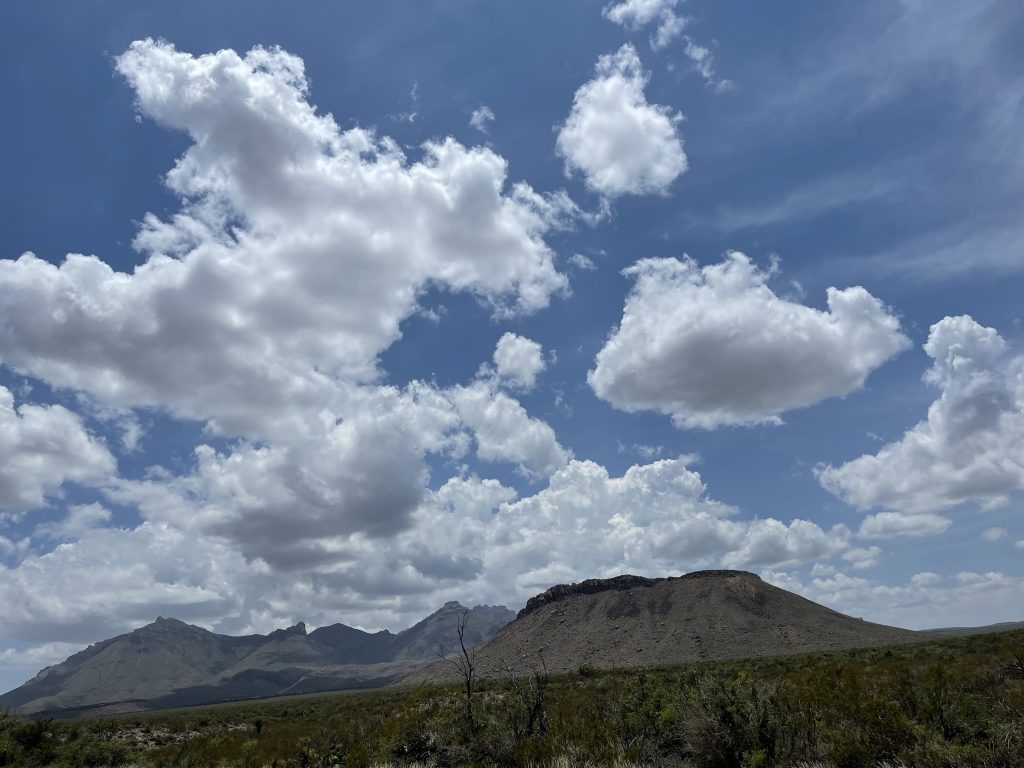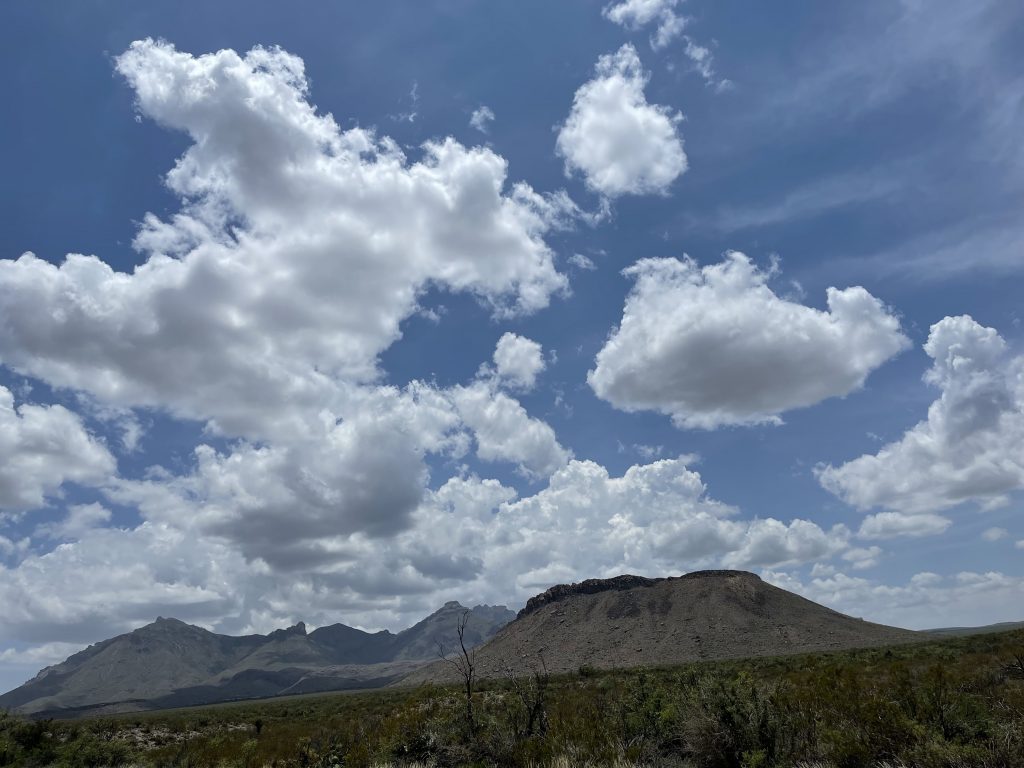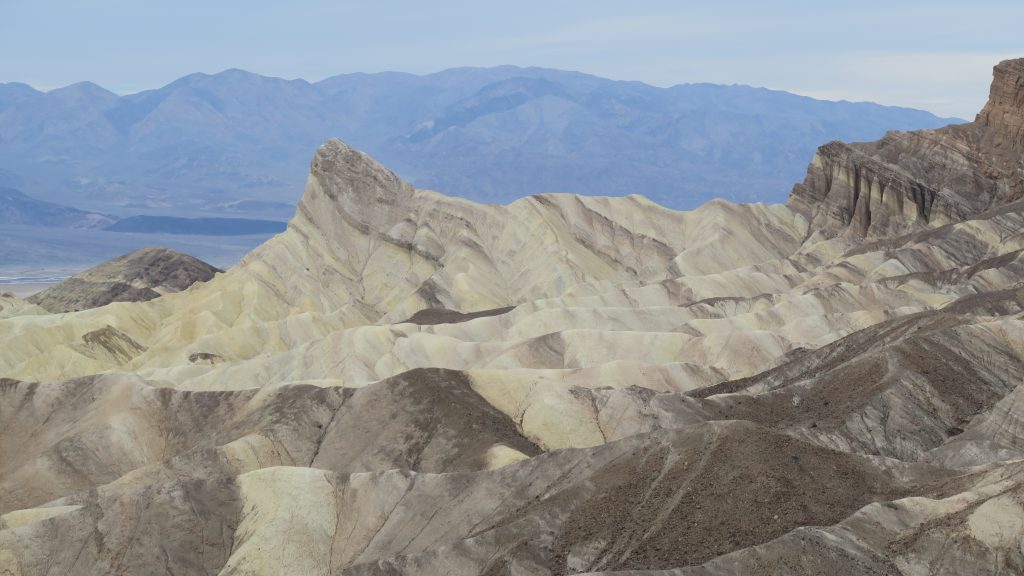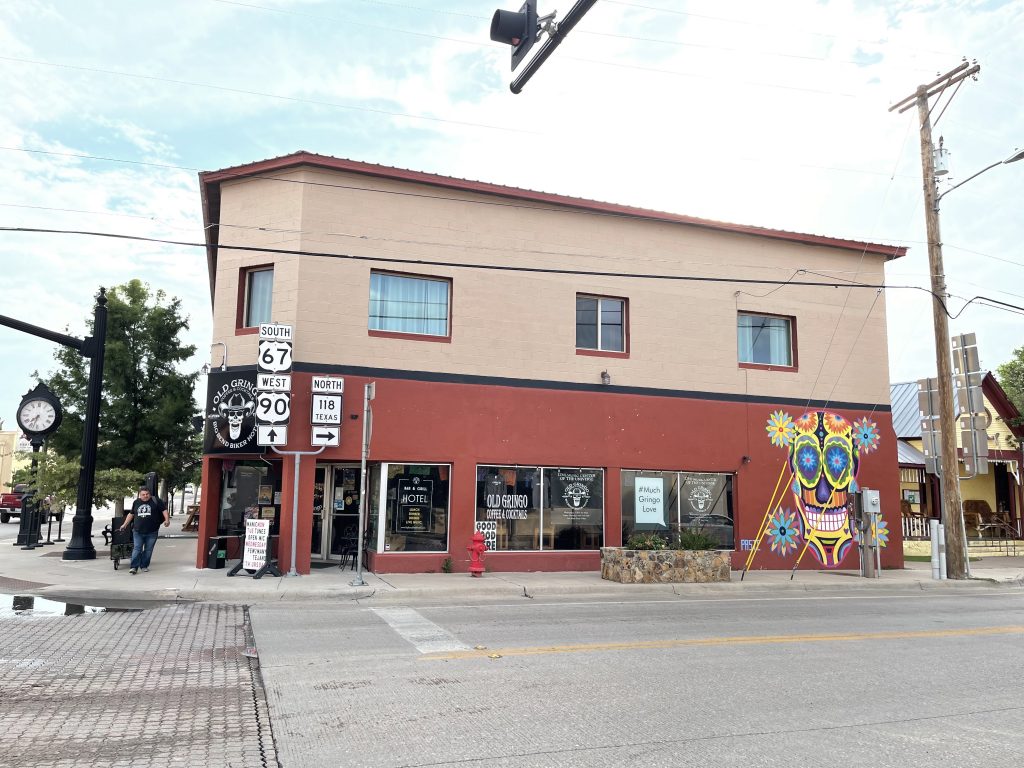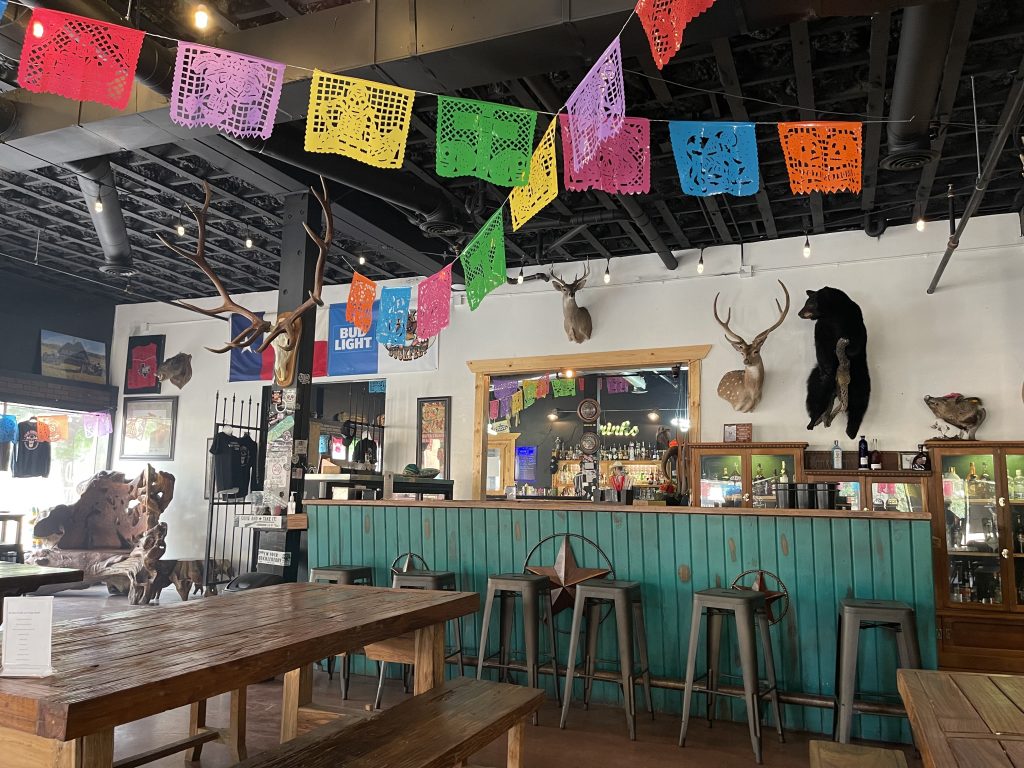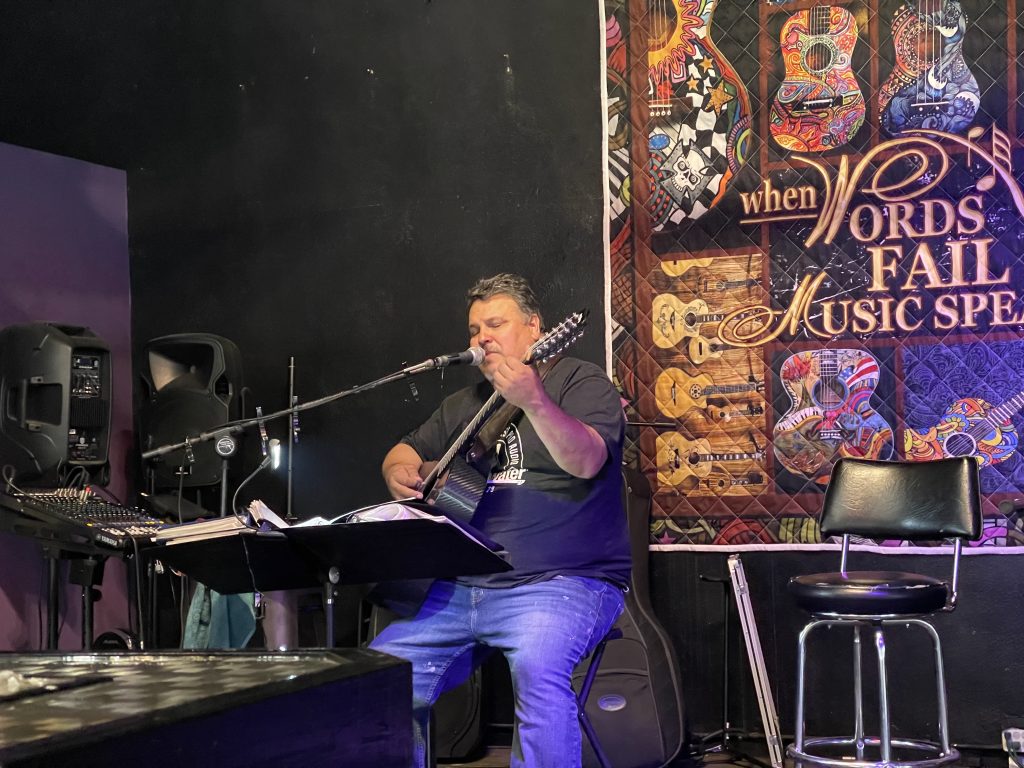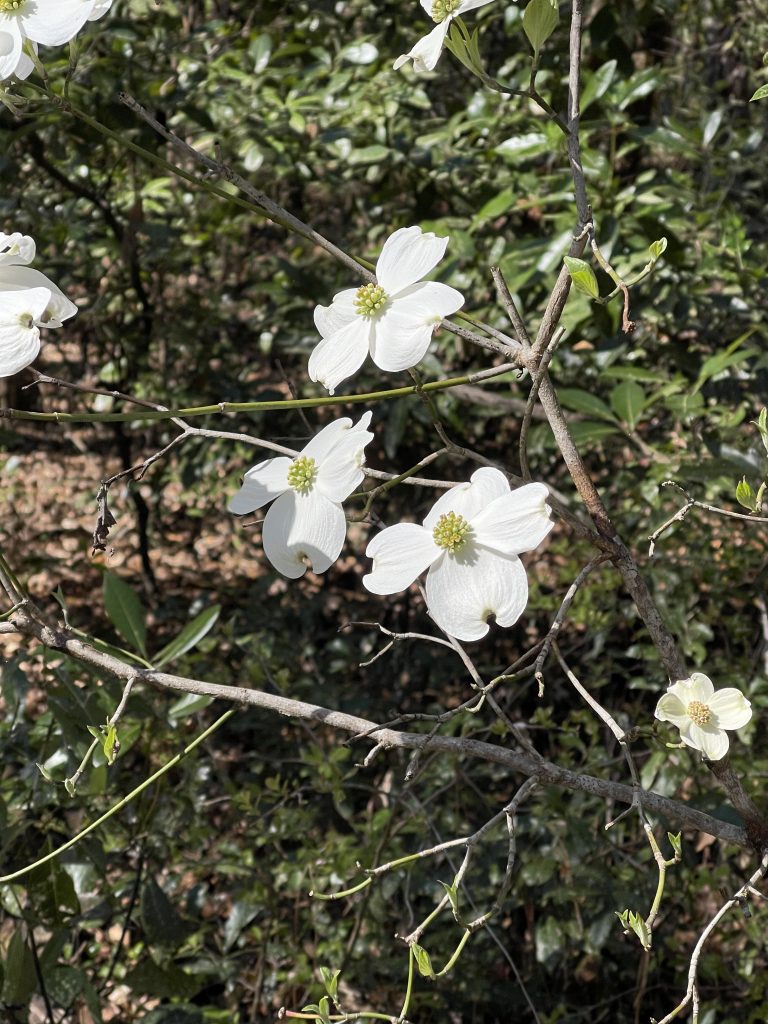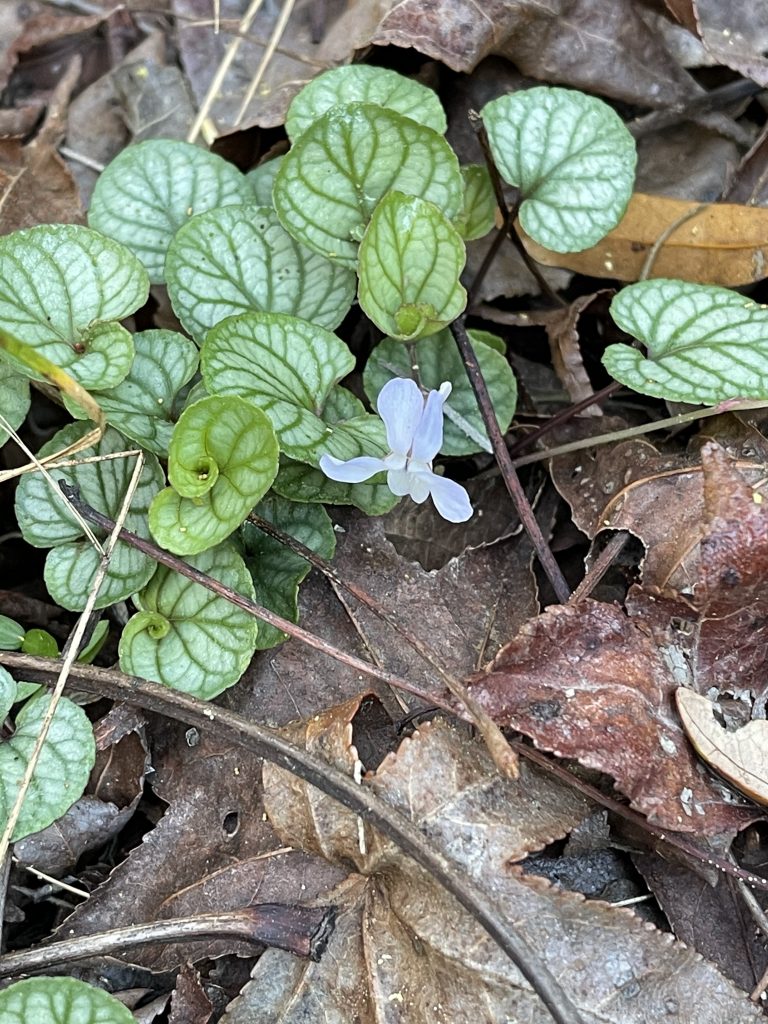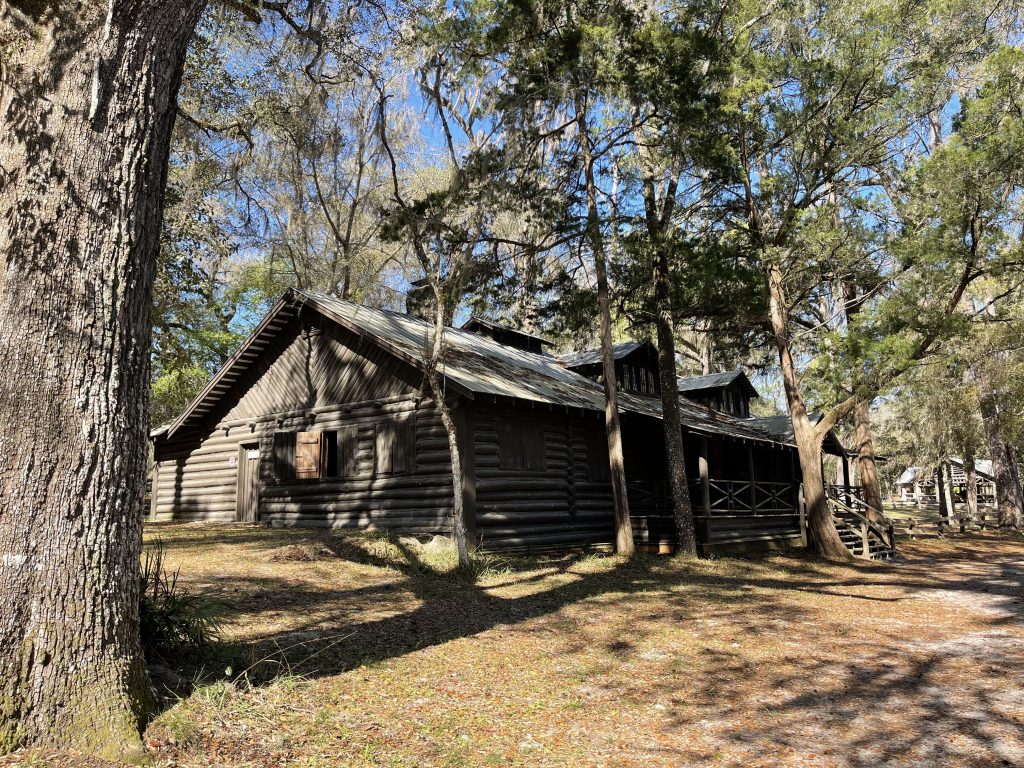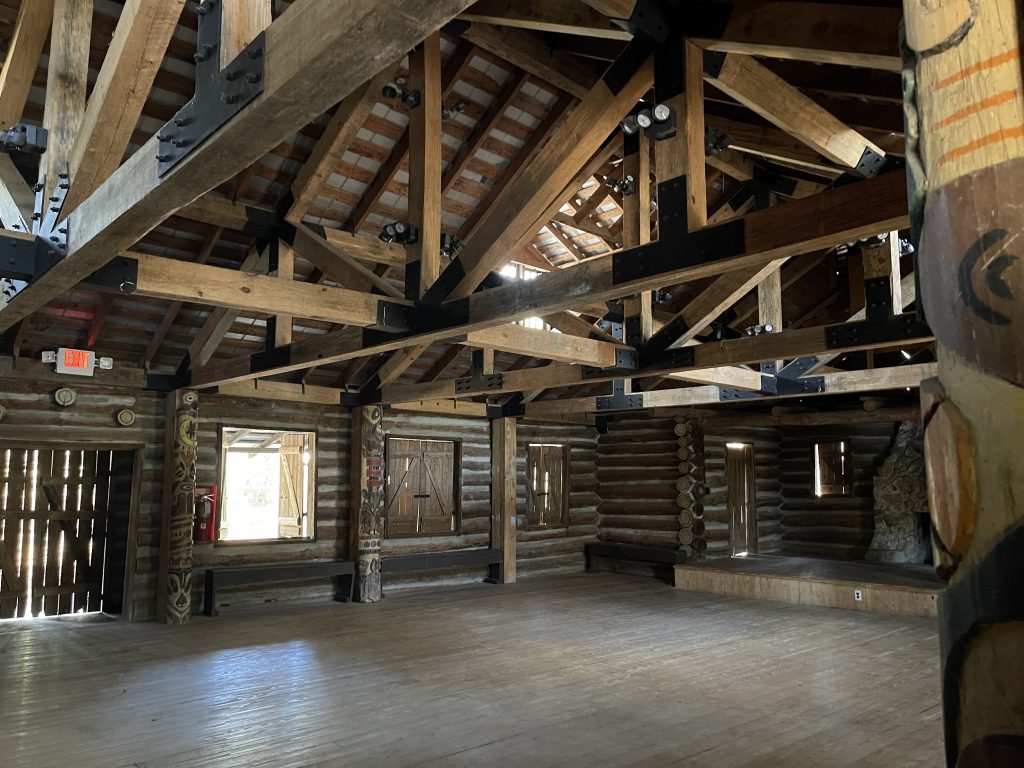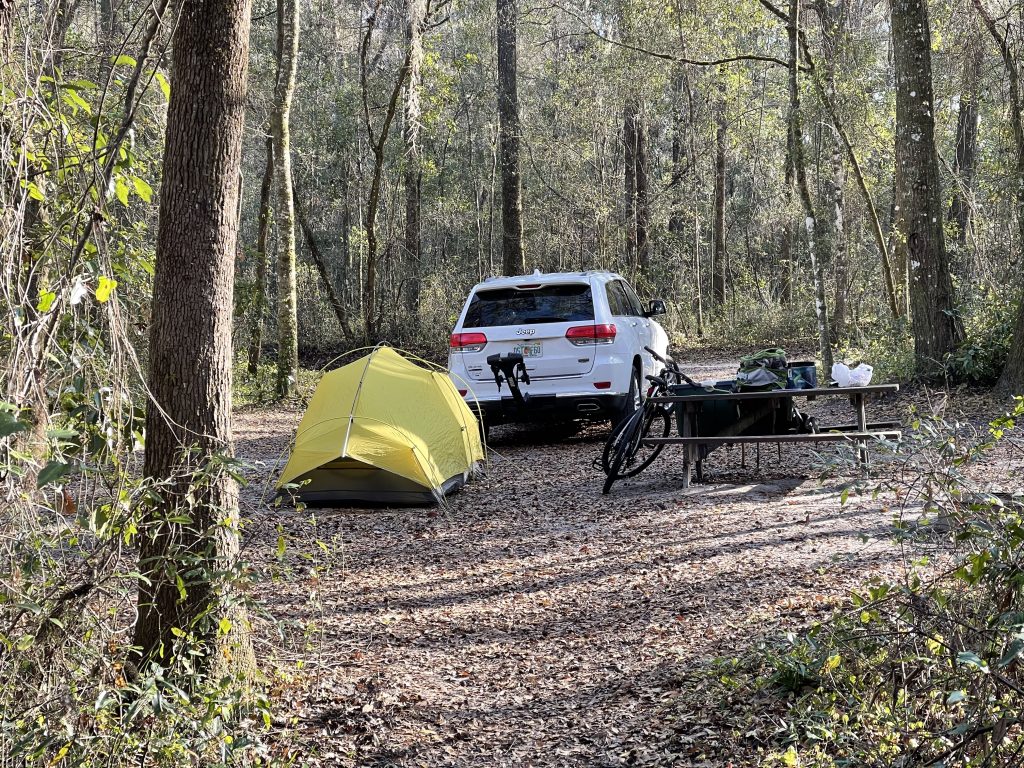17 March 2021
The Reliance was an interesting duty station. We docked in the Corpus Christi ship channel. Those of us who didn’t have wives or apartments in town slept on the ship. It was here that I learned I was more military than the military. There was plenty of discipline but not much sanitation.
I remember complaining the milk was always a little sour. One day on watch at the Officer of the Deck (OOD) shack, I saw a station wagon pull up. It was hot as hades. This guy gets out and pulls out our container of milk – unrefrigerated. He had driven across town (Corpus Christi is 22 miles long and five miles wide) in the heat of the summer with that milk.
The radio crew we had was great. The person in charge of the radio shack was RM1 (radioman first class) Buford McBee. He was quiet but always professional. He transferred out to another assignment not long after I got there. Also with me were RM2 (second class) Randy Peters, Johnny Bland, RM3 (third class) Richard Mudd, Michael Darling, and Victor Lopez. I was also RM3 but was soon to make RM2.
Richard Mudd was the great, great grandson of Dr. Mudd of Abraham Lincoln fame. His family had tried for years to get his conviction overturned. As far as I know, they never did. Mudd was pardoned by Andrew Johnson for his work with yellow fever at Fort Jefferson in the Dry Tortugas (off Key West). Dr. Mudd heroically treated yellow fever patients during an outbreak in the fort.
Probably Mike Darling was my best friend on board. He and his wife would invite me over to their house and it was there I first had guacamole. Victor was from Puerto Rico and a great guy but his English was a little labored. We got to where we could understand his Spanglish pretty well. Peters eventually took over for McBee. Bland was very steady and nothing ruffled him.
Not long after I was stationed on board we got underway for a PR mission to Vera Cruz, Mexico. What was really strange about the Mexican Navy at Vera Cruz was all the ships docked stern in. U.S. Navy ships always dock longways on the dock.
We were granted liberty and cautioned that we represented the U.S. government and to be on our best behavior. We were cautioned to be sure not to attend the sex shows at Vera Cruz where a women and a donkey would get up to some interesting antics.
I had liberty with Victor, Michael, and Richard. We decided to get a hotel room in town and bar hop. The hotel was one of the nicest I’ve stayed in and with the room split four ways, it was unbelievably cheap. We ate in the restaurant attached to the hotel and had a five course meal for about five dollars. Then came the bar hopping. After imbibing too much, we all staggered back to the hotel and had to sleep two to a bed.
The next day, everyone started drinking early and by the time we were due back at the ship that evening, our Spanish speaking guide, Victor, was too inebriated to speak coherently. It was left to me to get us back to the ship with my two semesters of college Spanish. The only thing I remembered was we were docked near a bank. Fortunately, it was the only bank in Vera Cruz and I told the taxi driver to take us to el banco. He got the idea and we weren’t late for duty – just hung over.
Later we learned that the XO (executive officer) who gave us the lecture about representing the government, ended up drunk and abusive in a bar and the crew had to pull him out of the bar before an international incident.
Sitting watch in the radio shack was a pretty lonely job at night. During the day there was enough activity in the shack but at night, you usually stood your watch alone. However, if something happened – like a ship sinking – it got busy and people off duty would come up and help without asking. It was a good team. Everyone got along.
Our transmitter would put out thousands of watts of power. It was an old tube transmitter. To get the thing to transmit, you had to get one particular tube to glow cherry red before you could send any messages. It was laborious to tune but in a pinch, we could get it up and running in about 5 minutes.
We petitioned constantly for an upgrade to a transistor transmitter. We were told to forget it. Our ship was the most reliable in the fleet because of the tube transmitter. It seems transistors didn’t take too well to the pounding of the seas and we had more up time with our transmitter than any ship in the district.
We would periodically go on Gulf Patrol. We would spend 8 weeks at sea and then come back to port. We had a desalination unit on board for fresh water but while at sea you had to take sea showers. That meant you briefly turned on the water and ran under the water and cut it off immediately. You then soaped up and cleaned the best you could and then you only turned the shower on long enough to rinse the soap off.
Occasionally, the desalination unit would conk out and we would have to take salt water showers. You always ended up with a fine film of salt all over your body and it sucked.
Our watches were staggered and we often ran 4 hours on, 4 hours off. We would also switch watches. First watch was 2000-0000 (military time), Mid watch was 0000-0400, Morning watch was 0400-0800, Forenoon was 0800-1200, and Afternoon was 1200-1600 and Dog watch was 1600-2000. This went for three days and then you started over again. In essence, you never got used to the changes of shifts. In addition, you always had day duty if you were not on watch. In port, I was OOD at the shack. Other times I would have head (bathroom) cleaning duty, inspection cleanup, etc. There was really very little down time except for when you would get a couple of days off or if you were on leave.
Not only that but if you were on liberty, you were often on 2 hour recall notice. You had to call the OOD every two hours to be sure we had not gotten an underway notice. You had to be able to return to ship within two hours or you would be marked AWOL (absent without leave). If a movie ran long, you had to run out and put coins in a pay phone to call the ship and then go back to the movie.
One great benefit of Corpus Christi as a duty station was fresh seafood. Shrimpers would literally pull up to the rear of a restaurant and offload fresh seafood into the restaurant. It was some of the best seafood I’ve ever eaten.
We also were fortunate to have the Corpus Christi Naval Air Station. That meant we had a PX we could buy stuff on the cheap. I bought my first and only Rolex watch there very cheaply. That’s also where we went for medical issues. We had a corpsman on board but anything serious was sent to the naval air station infirmary.
Personnel changed. Richard Mudd finally got off the ship. He was chronically seasick. He would get seasick tied up to the dock. His replacement was Ron Wilkins who soon became another close friend. He had retired from the U.S. Navy and enlisted in the Coast Guard. He had a Filipino wife. I would often go over to his trailer and his wife would could native Filipino dishes for us.
In the Coast Guard, if you are on a ship, you are required to be able to perform any function on a ship. I had to learn how to steer the ship and how to work in the engine room. To show you how specialized some branches of the military are, Ron, while in the navy, only tuned transmitters. That was his only function. He didn’t sit code duty or voice duty or any other radio duty. He had a steep learning curve when he joined us.
The Reliance was somewhat jinxed in that its engines never seemed to work and we had never done well at underway training (a periodic exercise everyone had to go through). I went through one underway training and it was in Norfolk, VA. To get there we had to sail around Florida. We put in at Freeport, Bahama and had liberty. It was Ron Wilkins who convinced me that conch chowder was good to eat and I’ve loved it ever since.
Underway training is pretty rigorous and we practiced it for weeks in advance. Once we got there we earned an “E” for excellence – the very first time the ship had done that. We got liberty in Norfolk and I remember walking into town and seeing signs that said “Sailors and Dogs Keep Off the Grass.” It seems military personnel were not considered “good” people by the folks of Norfolk. You have to remember this was during the Viet Nam war years.
Later, I was sent to cryptography school in Charleston, SC. That was one of the best TAD’s (temporary assigned duty) I ever had. For some reason I excelled at cryptography. I still can’t tell you anything about it but I can tell you that the original system was designed by George Washington. It’s been modified and codified, and changed significantly but the cryptography system has an interesting history.
We had some rough characters on board. They weren’t above slicing peoples tires or putting sugar in gas tanks for those who pissed them off. One group I learned not to piss off was the stewards. Our stewards were all Filipino and highly educated. Most had masters degrees. I remember students from Corpus Christi Community College coming on board and one Filipino steward tutored him in calculus.
The reason we had such highly educated stewards is they could put 20 years in the Coast Guard and retire back in the Philippines with quite a nice retirement considering the cost of living in the Philippines.
Unfortunately, a lot of the officers and most of the chiefs treated them poorly. Bad decision. I’ve seen them spit in the milk before they served it. I also saw one throw a steak down on the floor after he cooked it and wipe the floor with it and then serve it to a chief petty officer. The chief later told the steward it was the best steak he ever had.
Another person not to get on the bad side of was the yeoman. In essence, he was in charge of your pay check. He could really screw with you pay if he got mad at you. Several had to learn that the hard way.
One of the more humiliating things crew had to do after a prolonged liberty was undergo short arm inspection. You had to go to the corpsman and drop pants and he inspected your penis closely for venereal disease. Officers didn’t have to perform this function – only enlisted crew. Chief Petty Officers also got a pass.
Every Chief Petty Officer on board was obese. They almost rioted when the Coast Guard decided they had to pass annual PE tests like the rest of us.
Ship life was rough. You got very little sleep, you had long hours on duty, and you were in constant danger, if not from the weather then from accidents on board. We had a flight deck where rescue helicopters could land. Radiomen didn’t like helo-ops because we had to take down our main antenna (around 150 feet long) for that exercise. It was a cable that was strung from the mast to the fantail of the ship. It had to be removed so the helicopter could land on the flight deck.
During helo-ops, for safety, you shut down transmission on all transmitters and placed signs on them and notified the officer of the deck. Once you loosened the cable from the fantail, you would wrap it around a ladder on the bridge. Only once the radioman completed that task would the ship be allowed to transmit. Even the Captain couldn’t overrule that.
Once, I was charged with breaking down the antenna and wrapping it around the ladder and was climbing said ladder to the bridge when I heard the OOD announce begin transmission. I could have been electrocuted. I charged onto the bridge and lost it by screaming “Who gave that command.” A much chastised lieutenant admitted to it. The Captain gave me a look and a smirk tacitly agreeing I had done the right thing to challenge the order.
When the helicopter landed, you always observed the operation from the starboard (right) side of the ship. The reason is because the rotor blades are held on to the helicopter by a “Jesus” screw. I asked why it was called a Jesus screw and an officer told me because if it ever came off during helio-ops all you had time to say was “Oh, Jesus!” The reason for the starboard side is the rotation of the blades, if they come off, rake the port side of the ship, probably killing everyone on the port side of the bridge.
I’ve copied my share of SOS’s. Yes, international Morse code still uses SOS for rescus. It’s 3 dots, 3 dashes, 3 dots. We monitored two emergency frequencies in the radio shack 24/7. One was 500 khz (kilohertz) which is the international distress frequency for ships at sea using Morse code. The other was 2182 khz which is a voice frequency. I’ve copied messages from sinking ships on both.
You might wonder about why we would still use Morse code at such a low frequency (500 khz). First, the transmission is more reliable and less affected by atmospherics at low frequency. Even nuclear submarines still use Morse code today. Also, radio waves bounce. The lower the frequency, the greater the bounce so your transmission is more likely to be picked up from a distance. I’ve been at sea in the Gulf of Mexico and copied Morse code from ships in the Indian Ocean.
I’ve been through several hurricanes in Florida but my first two were aboard the Reliance. Both times we put out to sea. You ride out hurricanes where you have more maneuverability. Once, we were out for a hurricane and three of our four engines were out. We were doing 4 knots and the hurricane was doing 7. We had to get back to port.
Ships have water tight integrity. To obtain that, doors and hatches have to be “dogged” down into position. I was sitting on the mess deck one day during a storm with waves washing over the bow of the ship. The doors to the mess deck were dogged down and I saw a wave wash over us and come through the supposed water tight door. That’s not a confidence builder.
The Reliance was an unsteady ship. It was 210 feet long and there was 80 feet from the bottom of the keel to the top of the mast. When fully ready for sea, it drew 10 feet of draft – in other words, 70 feet were above the water line. It was like a cork floating in the ocean. We have had several retired navy personnel who served on destroyers who got seasick on our ship when they didn’t on their destroyer.
The Reliance was designed to take a 45 degree snap roll. That means the ship can tilt up to 45 degrees at sea and still roll back into upright position. Anything over 45 degrees and all bets are off. You might flounder. I’ve been on board when it was 35 degrees. I was on the bridge when that happened and the Captain turned white as a ghost. At 35 degrees, you can almost walk on the bulkheads (walls of a ship).
One night I was sitting radio watch in the shack during very rough weather. (I had a garbage can between my legs so when I puked I didn’t have to get up.) We took a pretty severe roll and the books in the book case (tied in with bungie cords) came flying by my head. A few minutes later, every radioman on the ship was up in the shack. They wanted to be above the water line if we floundered.
In really rough seas, you would have to brace yourself in the bunk. I would put my back against the bulkhead in the bunk and my feet were braced against the outside rail of the bunk. That was just to stay in the bunk from rolls. Pitches were just as bad. If we took a deep dive into the waves, you would often come out of the bunk and hit your head on the bunk above you.
Once of our fireman (engine room crew) was from Alabama. Our engineering officer made him do double duty in the engine room. In reality, you could only work 15 minutes in the engine room at a time due to the heat. It upset the Alabama boy. He wrote his Senator. The one that was chairman of the Armed Services Committee. The engineering officer was transferred to French Frigate Shoals in the Pacific – the most remote base in the U.S. military.
We had a gun. Actually, it was called a three inch mount. That means the projectile has a three inch diameter. Our gunners mate was Sandy Blackshear – a man of few words. However, with that three inch mount he was deadly. During gunnery exercises, Sandy would load and fire. Once the gun fired, the projectile brass was ejected from the gun at about 95 miles per hour. Sandy would calmly catch the projectile casing in mid air. After all, you don’t want shell casings rolling around on the deck. It was one of the bravest things I’ve ever seen.
One time we had an ecologically sympathetic engine man. He was upset we pumped our bilges into the ship channel. The bilges often had oil in them and we were, in effect, polluting the ship channel – ironic since one of our duties was pollution control. He called the EPA and reported a ship pumping bilges in the ship channel. They told him to call the Coast Guard. His reply was “I am the Coast Guard.” We continued to pump bilges into the ship channel.
All good/bad things must come to an end and I applied and received transfer to Radio Station New Orleans (by then it had become Communications Station New Orleans but I liked the old name better). I had spent 18 months on the Reliance and was now headed for land duty.
Stay tuned!

